In Dinh Van Lam Ha commune ( Lam Dong province), silkworm farming has helped many households change their lives significantly in recent years.
In the scorching sun, Mr. Sy Ly Xau (55 years old, resident of Dinh Van Lam Ha commune) still diligently spreads mulberry leaves to feed silkworms. With his hands moving quickly, he recounts the journey more than 10 years ago - the time when his family decided to convert all 6 sao of dry, water-deficient rice fields to growing mulberry to raise silkworms.
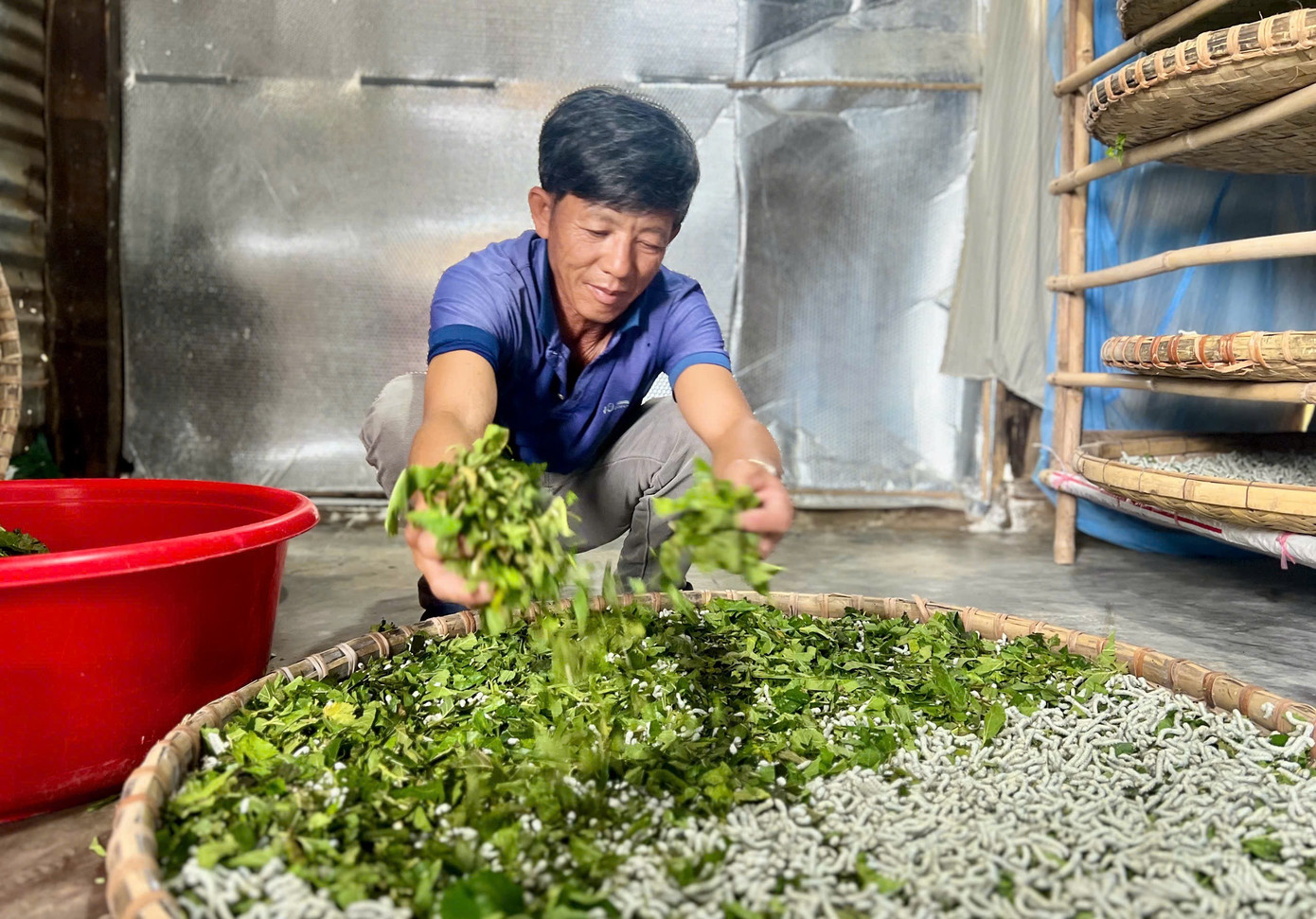
“Back then, rice fields could only be cultivated once a year because there was not enough water for irrigation. Meanwhile, mulberry trees were easy to grow, required little care, and leaves could be harvested all year round. I boldly converted everything to raise silkworms,” Mr. Xau recalls.
According to him, silkworm farming requires meticulousness but is not too complicated. Silkworm breeds are purchased from local establishments at reasonable costs. Thanks to perseverance with this model, his family earns an average of 20 million VND per month - a figure that he previously thought was far-fetched. Not only has he escaped economic hardship, Mr. Xau has also become one of the pioneers in the movement to change the structure of crops and livestock in the locality.
Not only Dinh Van Lam Ha commune, Dam Rong 3 commune is witnessing a strong transformation from the "silkworm" profession. Once a small cooperative, Da M'rong Silkworm Cooperative now has 9 core members and dozens of households associated in production. Thanks to the cool climate and suitable soil, the price of silkworm cocoons fluctuates stably from 180,000 - 200,000 VND/kg, helping people gradually escape poverty.
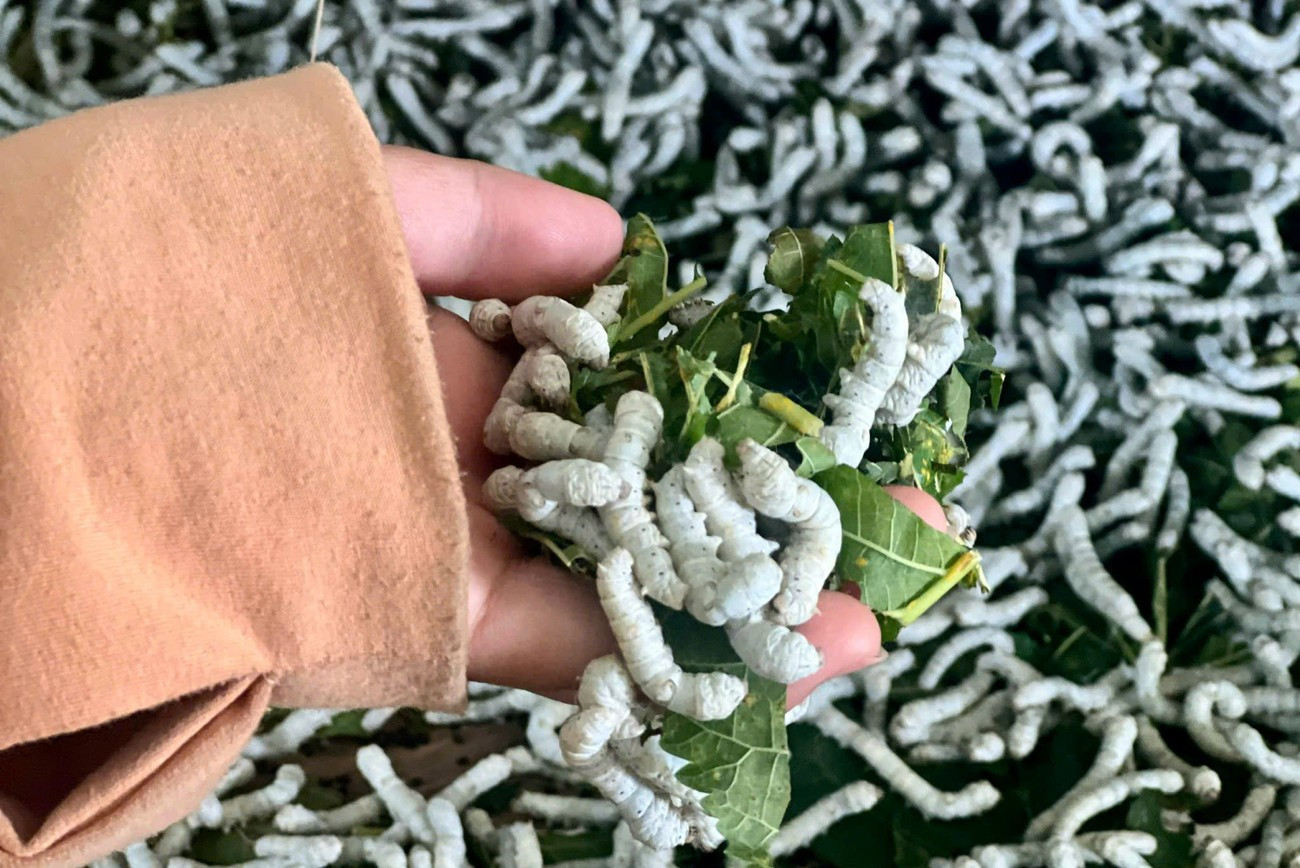
Each silkworm brood only lasts 15-16 days, but brings the farmer an income of more than 10 million VND. These numbers are not only money, but also the dream of escaping poverty that has come true for many families.
A typical example is Ms. Lieng Jrang K Brao, who used to be a poor household in Dam Rong 3 commune, living precariously by growing corn on a few acres of land. Since joining the cooperative and learning the silkworm farming model, her family's life has turned a new page. "Now it's much less difficult. The elderly and women can do it. Not only have I escaped poverty, I also have money to shop and take care of my children," she excitedly said.
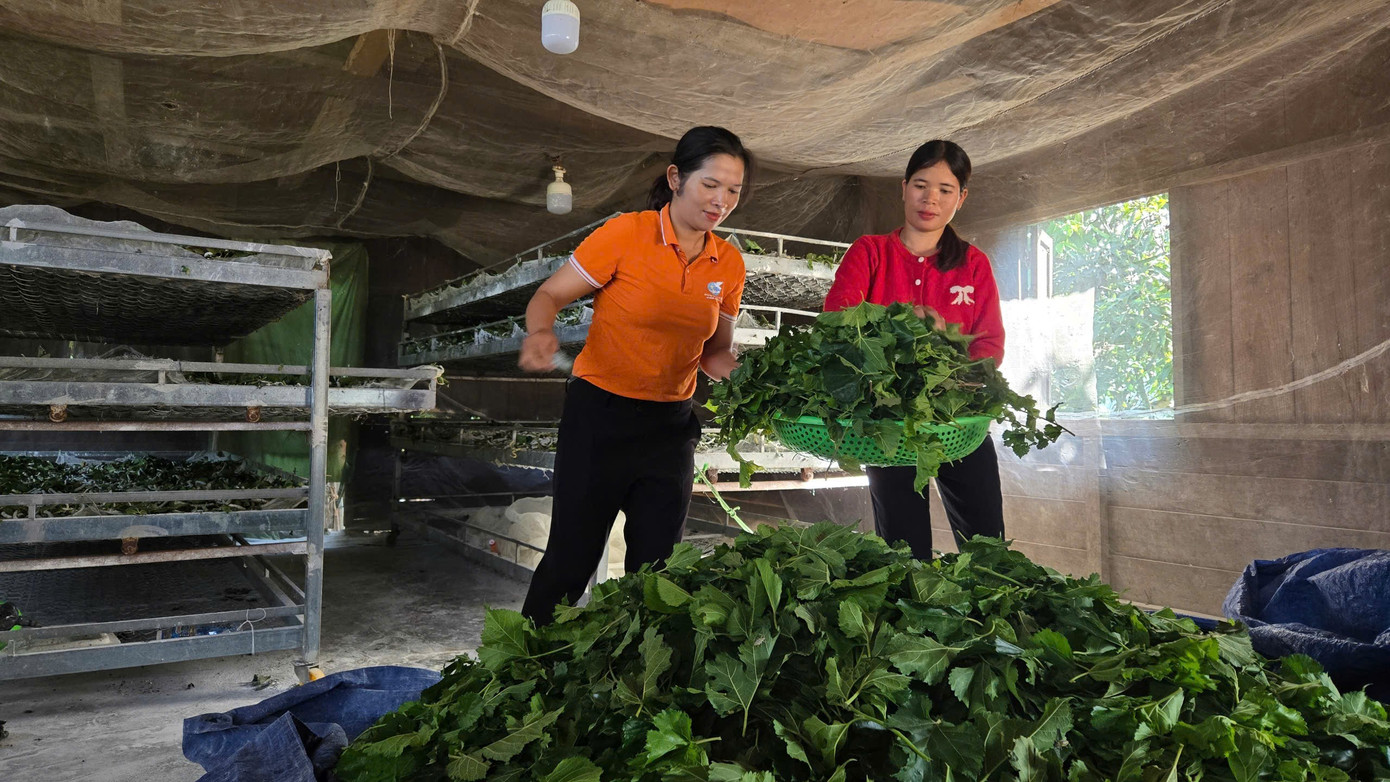
Similarly, with technical guidance from the Women's Union of Dam Rong 3 Commune, Ms. K'Gai started her career in "silkworm farming" in 2018. After more than 7 years of diligently taking care of each mulberry bed and each silkworm basket, her family has now expanded the mulberry growing area to 7,000m², among the largest households in the commune. On average, she earns about 15 million VND per month from silkworm farming.
“In the past, growing rice and corn yielded low yields and was not enough to eat. Now, thanks to growing mulberry to raise silkworms and participating in the Da M'rong Silkworm Cooperative, my family has a stable income and no longer lacks food and clothing like before,” Ms. K'Gai shared.
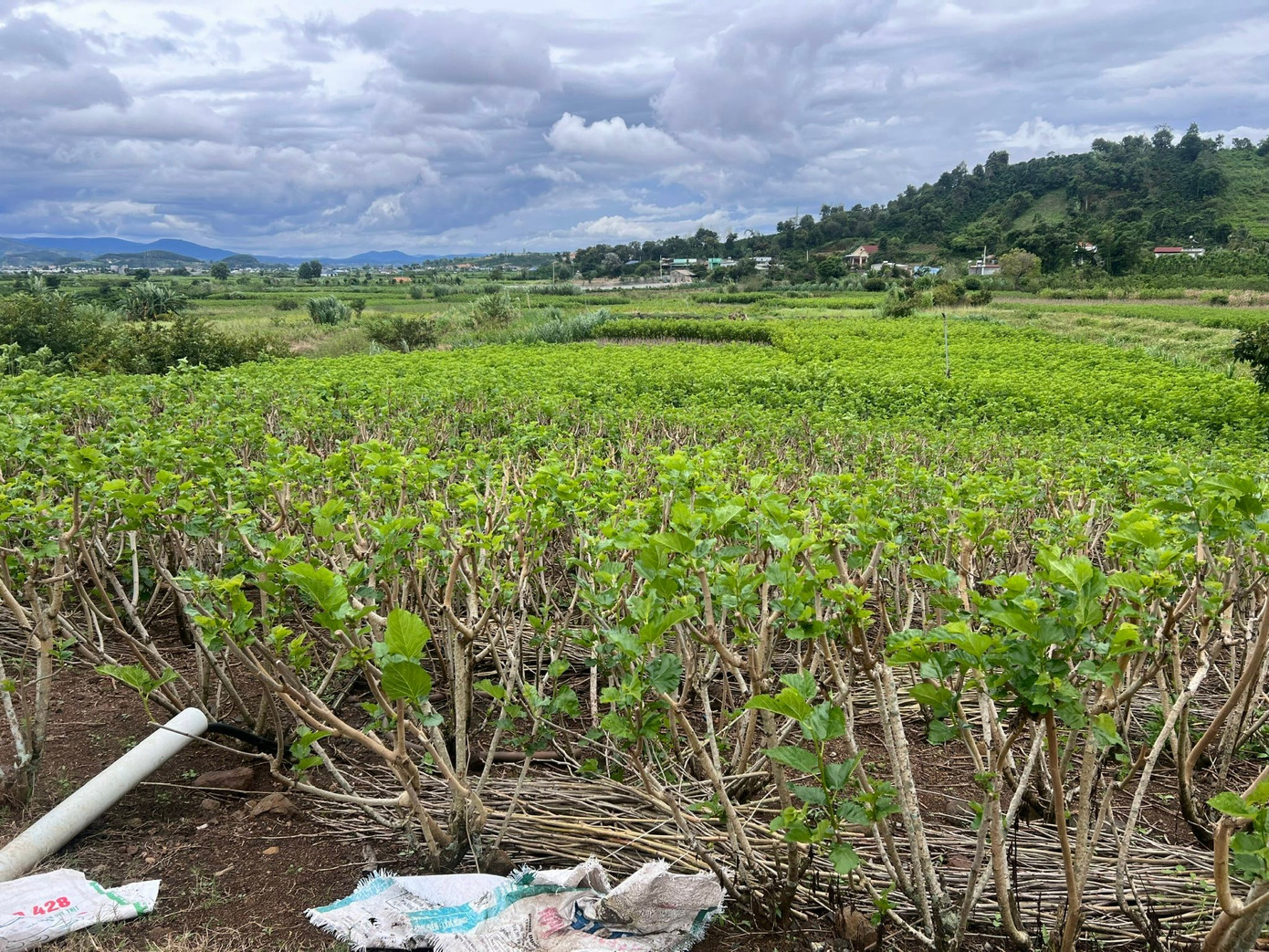
Not only did Ms. K'Gai's family escape poverty, they also built a spacious house in the middle of the Central Highlands mountains and forests, and their children were able to attend school. Ms. K'Gai's model is considered a typical example to be replicated in ethnic minority villages, contributing to making mulberry trees and silkworms a sustainable livelihood in a land with many difficulties.

Eliminating temporary and dilapidated houses contributes to sustainable poverty reduction

How to reduce poverty in urban residential areas in Lang Son

Ethnic policy - the 'key' to poverty reduction for Lang Son people
Source: https://tienphong.vn/nghe-giup-nhieu-ho-dan-lam-dong-thoat-ngheo-ben-vung-post1764065.tpo
















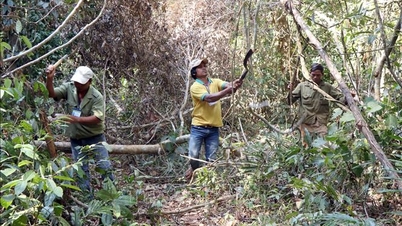



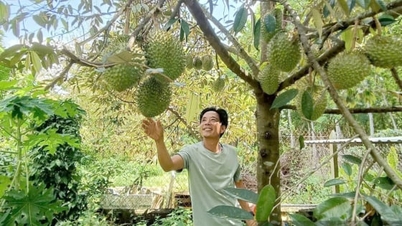












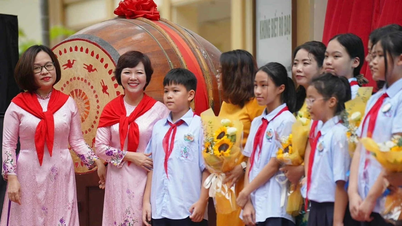


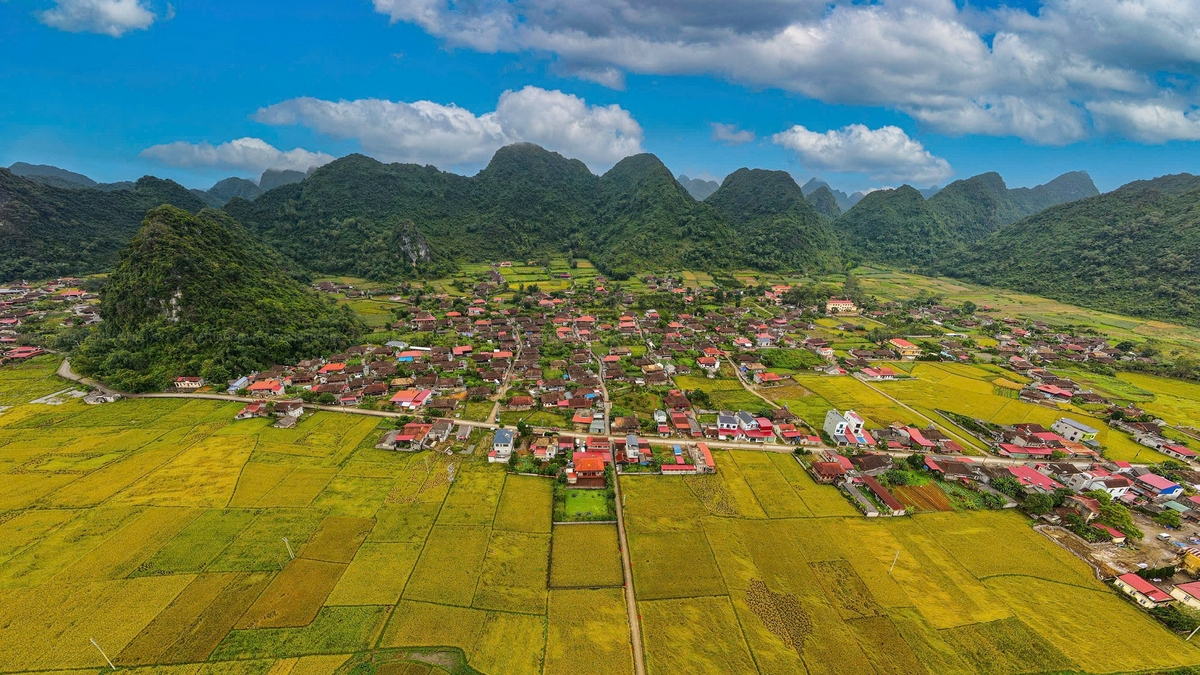




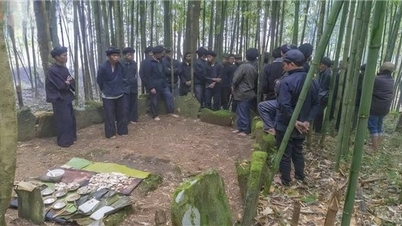








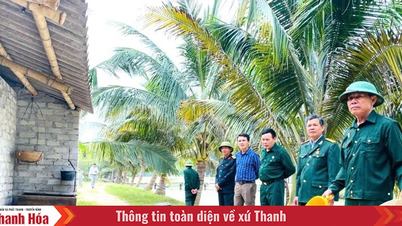




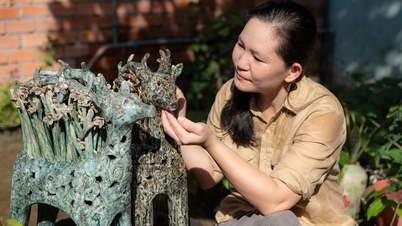










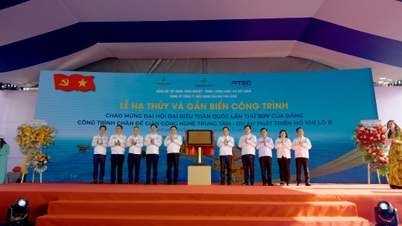

















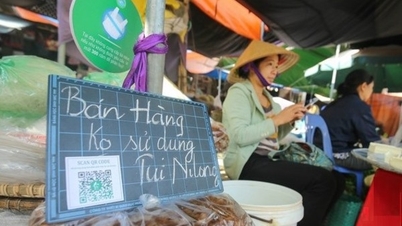



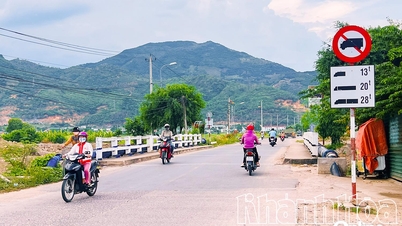




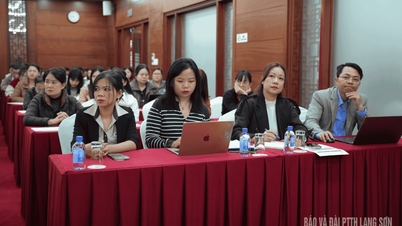


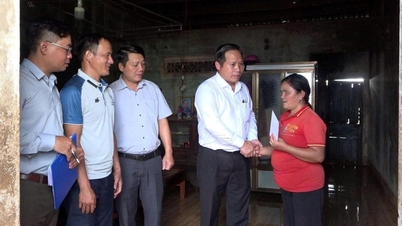

![Dong Nai OCOP transition: [Article 3] Linking tourism with OCOP product consumption](https://vphoto.vietnam.vn/thumb/402x226/vietnam/resource/IMAGE/2025/11/10/1762739199309_1324-2740-7_n-162543_981.jpeg)







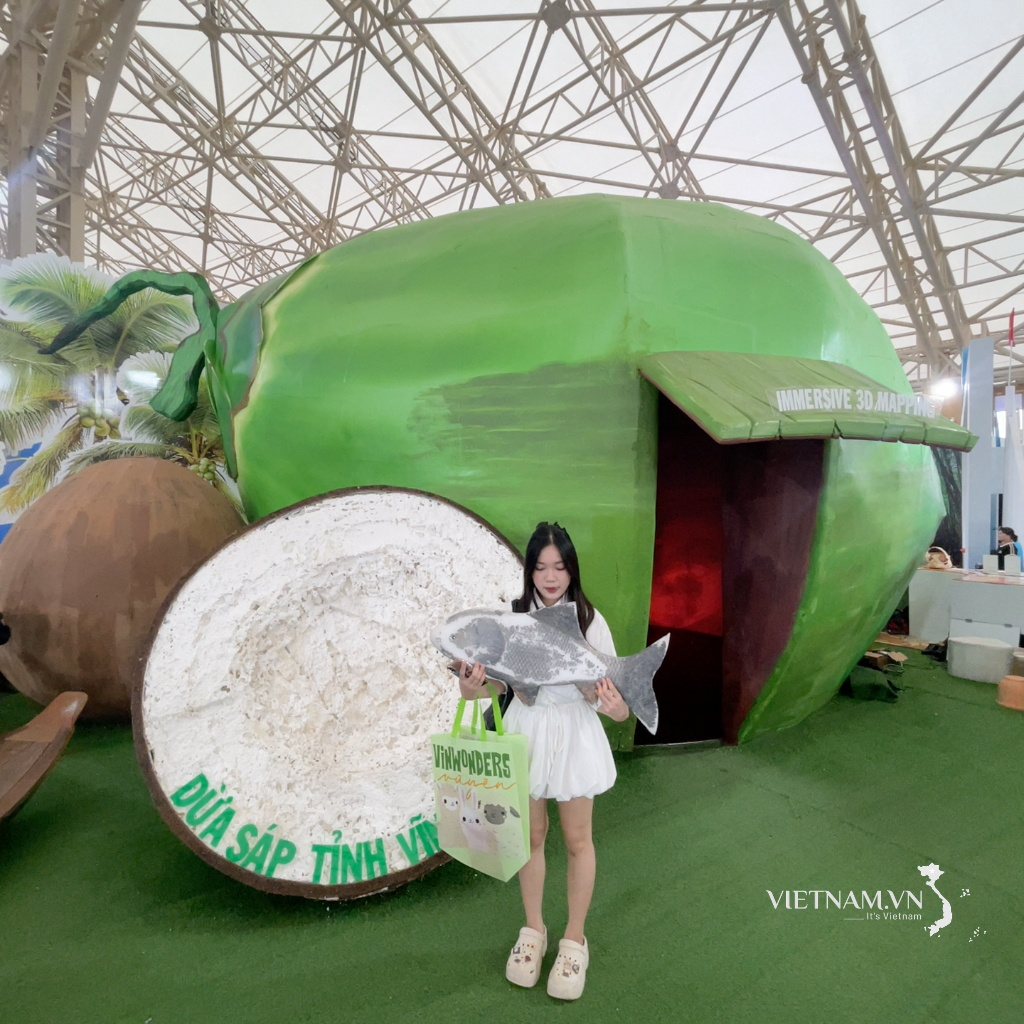

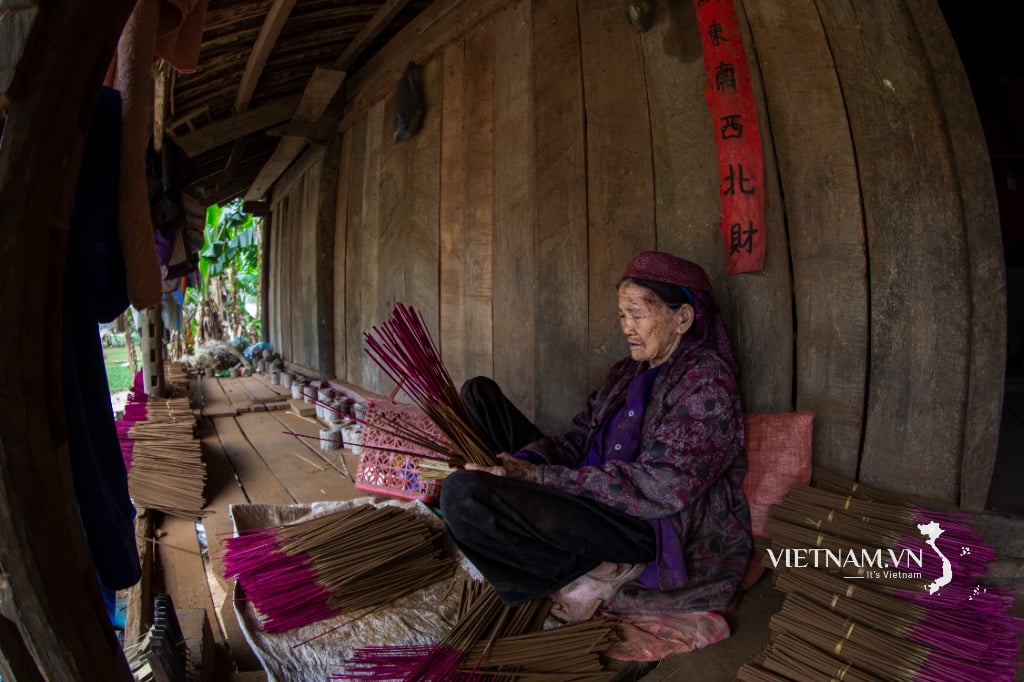
Comment (0)